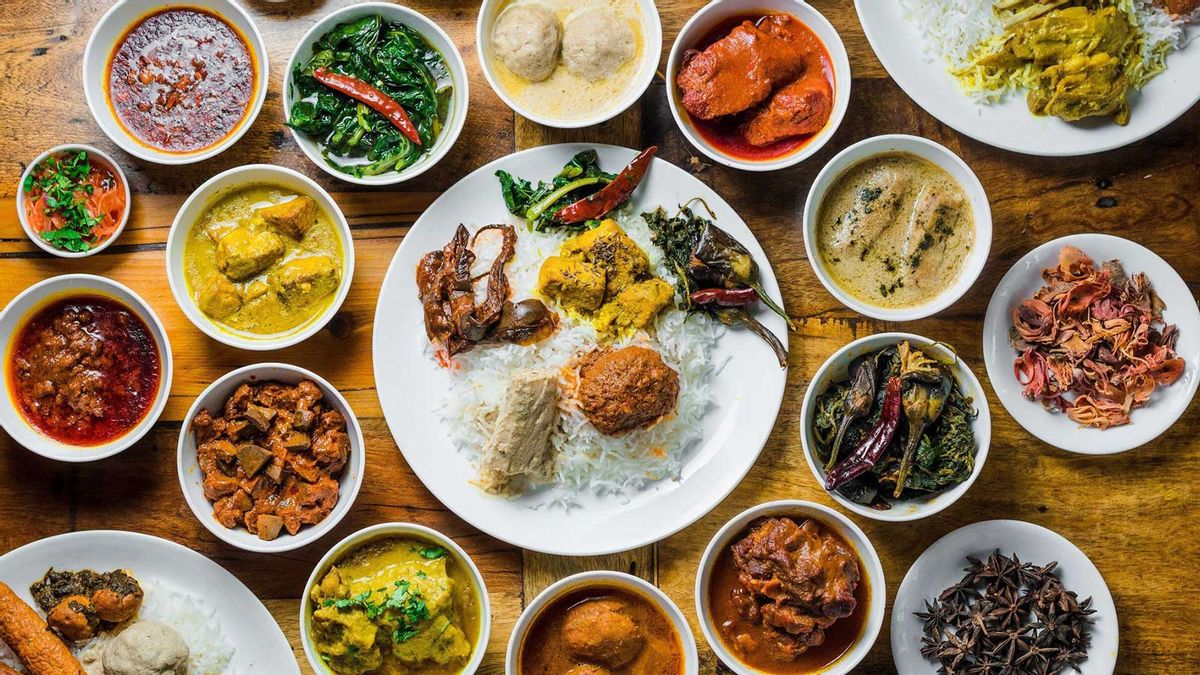The easiest way to explore Kashmiri cuisine is to feast on a Wazwan and reinforce stories of the gushtaba and rista’s greatness. No doubt the Wazwan—a ceremonial feast—is a memorable experience, but there is another relatively unexplored aspect of Kashmiri cuisine that’s steadily earning a fan following—the cuisine of the Kashmiri Pandits.
That’s the story we’re uncovering at Matamaal—naani ka ghar in the Kashmiri language. Nalini Sadhu, a Kashmiri Pandit, has been running this little restaurant in Gurgaon for over a year. It has attracted not just the Kashmiris who left the Valley as youngsters, and a generation that has grown up after, but plenty of curious foodies.
The Kashmiri Pandits and Kashmiri Muslims share a culinary history that has evolved over the centuries, assimilating influences and ingredients from as far as central Asia, Persia and Afghanistan. The popular Roganjosh and Yakhni gravies are common to both. So is the generous use of fennel seed powder, mint leaves and aromatic spices like cardamom and cinnamon.
“This is not everyday cooking,” says Sadhu as she launches into the delicious details of cooking mutton in numerous ways. There is Masc—a curry made with spongy meatballs, Mutton Kalia—meat cooked to a tender consistency with whole spices, cumin and fennel seeds, ginger powder, hing and milk. Chok Charwan—a sour preparation of mutton liver is almost like a pickle.
Decoding the Kashmiri Pandit cuisine
Plenty of fresh vegetables share space on the thali, or they’re cooked together with the meat and fish. The community loves Haak (leafy greens) and Nadru (lotus stem), Muji (radish) and Wangun (eggplant). Kashmiri pandits traditionally don’t use onions and garlic, and tomatoes are rare. “People are baffled when they hear this. They ask us how we make our gravies. Our curries are curd-based and flavoured with fennel seed powder,” says Sadhu.
Vegetables are cooked with whole spices or tamarind paste or turmeric “where the herb or spice or flavouring agent is the hero. So there is turmeric paneer, or turmeric mutton and even turmeric radish. Turmeric rules this dish,” says our host. Cloves, cinnamon, cardamom and whole pepper are used too. Hing or asafoetida has a special place and sourcing the best Hing is a family occupation.
Favourite local ingredients
On its own, Haak is cooked by boiling it with red chillies. It is then placed right on top of a mound of rice, and eaten first. In the fertile soil of the valley, families sourced several kinds of Haak. Now, the most popular varieties are spinach, Muji and turnip greens.
The other much-revered ingredient is Nadru. Kashmiris eat almost every part of the lotus flower, but the stem has a special place. “Nadru is part of our ceremonial and religious feasts and it’s offered to the Gods. It is cooked on its own or with fish and meats. It is so versatile that on any given day if you have nadru in your kitchen, you don’t have to worry about the family meal.”



